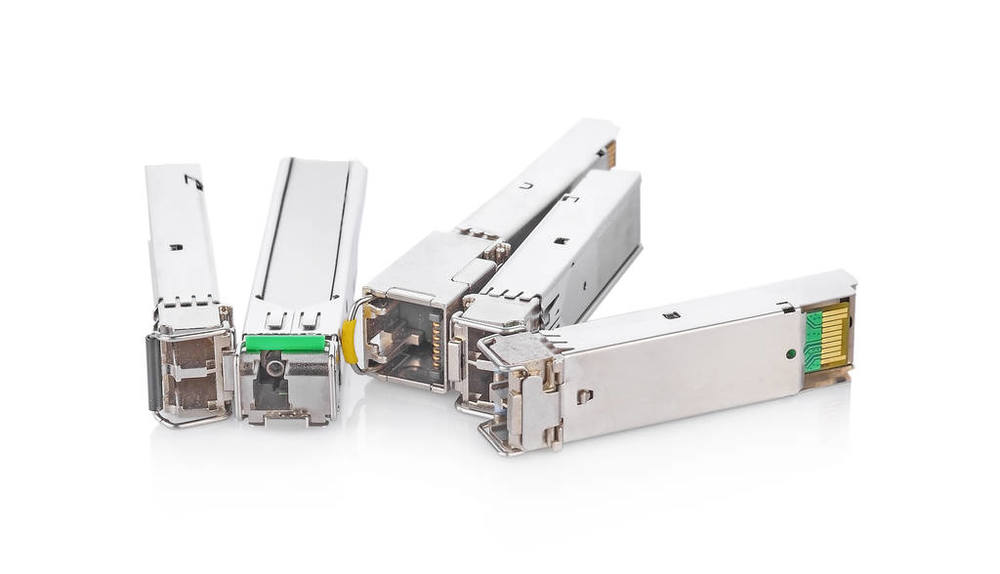
Understand SFP compatibility
To understand the SFP compatibility, we’d better get to know the multi-source agreement (MSA) first. MSA is an agreement between many different transceiver manufacturers to make standardized products. Instead of being standardized by official standards, SFP is specified by MSA. It defines SFP modules including the size, connectors, and signalling to assure SFP modules are compatible with branded SFP devices. There are also MSA standards for other optical transceiver like SFP+, XFP, QSFP, etc. SFP transceivers meeting the SFP Compatibility requirement are usually compatible across a range of telecoms vendors’ hardware, therefore users can mix and match components from different vendors. However, some manufacturers ensure that their devices are only compatible with specific SFPs, complicating purchase decisions. In general, if an SFP can be connected to cables and switches correctly, and helps devices run successfully as you want, its SFP compatibility is qualified.
Importance of SFP compatibility
As we all know, each transceiver module is unique and holds its own information in EEPROM, so do SFP and SFP+ transceivers. And this memory is coded with specific identifiers such as pert numbers and manufacturer details. When the module is installed, the host device then checks the memory for the correct information to confirm compatibility.
However, not all vendors disclose if the SFP slots on their equipment are compatible with other SFP models. The major manufacturers like Cisco, HP, Juniper and so on, advertise that only the SFP modules with their brand can work with their devices. This further worsens the confusion for the user and prevents them from making a clear-cut choice when it comes to buying SFP products.
As a matter of fact, compatible SFP and SFP+ contain the same production technology as the original brands. In other words, they have the same hardware. Compatible SFP modules are functionally identical when compared to their OEM versions. They even have the same performance levels, and so the customer does not lose out at all. Moreover, branded SFP products are much more expensive than their compatible counterparts.
What types of Optical Transceivers are available?
There are several types of optical transceivers are available in the market. The optical transceivers can be classified on the basis of many factors such as:
Form-factor (Physical Dimensions)
Bandwidth (100 Mbps, 1 Gbps, 10 Gbps, 40 Gbps, 100 Gbps etc.)
Application (Fibre Channel, Ethernet, InfiniBand etc.)
Let us study the classification of optical transceivers based on the form-factor. Optical transceivers are available in form-factors, mainly:
Gigabit Interface Converter, commonly referred to as GBIC
Small Form-Factor Pluggable, commonly referred to as SFP
Quad Small Form-Factor Pluggable, commonly referred to as QSFP
C Form-Factor Pluggable, commonly referred to as CFP